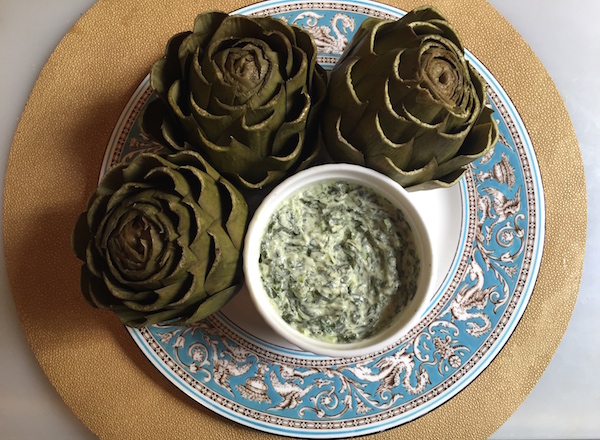The two most popular dinner requests in my household are for chili and roast chicken. They are both classic comfort foods and my husband never gets tired of eating either of them. It’s funny, because I rarely if ever make either one of them the same way twice.
Chili is just a naturally adaptable recipe. Over the years I've posted recipes for vegetarian white bean chili, a budget friendly chili with a mix of beans, chipotle pork chili and most recently for bison black bean chili. The ingredients change all the time depending on my mood and what I have on hand.
But roasting a chicken is another story altogether. Like so many people I am always looking to improve how I make the perfect roast chicken. Mostly I spatchcock or butterfly it or roast pieces rather than a whole bird for more even and consistent results. But in this case, because Napa Grass Farmer had provided me with such a beautiful bird I thought I’d roast the whole thing. I used Meyer lemons, but you could subsititute conventional lemons if you like and I’m sure it would still be good. I learned the formula of roasting at 400 degrees for 15 minutes per pound, plus 10 minutes from Nigella Lawson who in turn credits her mother. It’s a great rule of thumb, especially for smaller birds.
Roasted Lemon Herb Chicken
Serves 4-6, depending on the size of the chicken
Ingredients
1 whole chicken
Kosher salt or flaky sea salt
2 Tablespoons olive oil
1 Tablespoon minced fresh rosemary
1 Tablespoon minced fresh thyme
1/4 teaspoon freshly ground pepper
Two Meyer lemons
Instructions
Measure 1/2 teaspoon salt per pound of chicken and place in a small bowl. Pat the chicken dry with paper towels. Set on a plate and sprinkle the chicken all over with the salt. Place the uncovered chicken in the refrigerator and allow to air dry for at least 2 hours and up to overnight. Remove the chicken from the fridge and pat dry, removing any visible moisture. Preheat oven to 400F. Leave the bird out of the fridge while you prepare the rub.
Zest the lemons, reserve the lemons and combine the zest with the olive oil, rosemary, thyme and pepper in a small bowl. Cut the zested lemons into quarters. Place the chicken on a rack in a roasting pan and squeeze one lemon quarter inside the chicken, removing any seeds and place the remaining pieces in the roasting pan. Spread the herb mixture all over the bird.
Roast for 15 minutes per pound plus 10 minutes (or plus 20 minutes if the bird is 5 pounds or over). Rotate the chicken once or twice during roasting and cover lightly with foil if necessary to prevent over browning. The juices should run clear when you cut between the leg and the thigh and the temperature in the thickest part of the thigh should reach 165°F when pierced with an instant read thermometer. Allow to rest for about 15 minutes before carving.
Enjoy!
Disclaimer: My thanks to Napa Grass Farmer for providing me with the chicken. I was not compensated monetarily for this or any other Cooking with Amy post.


























